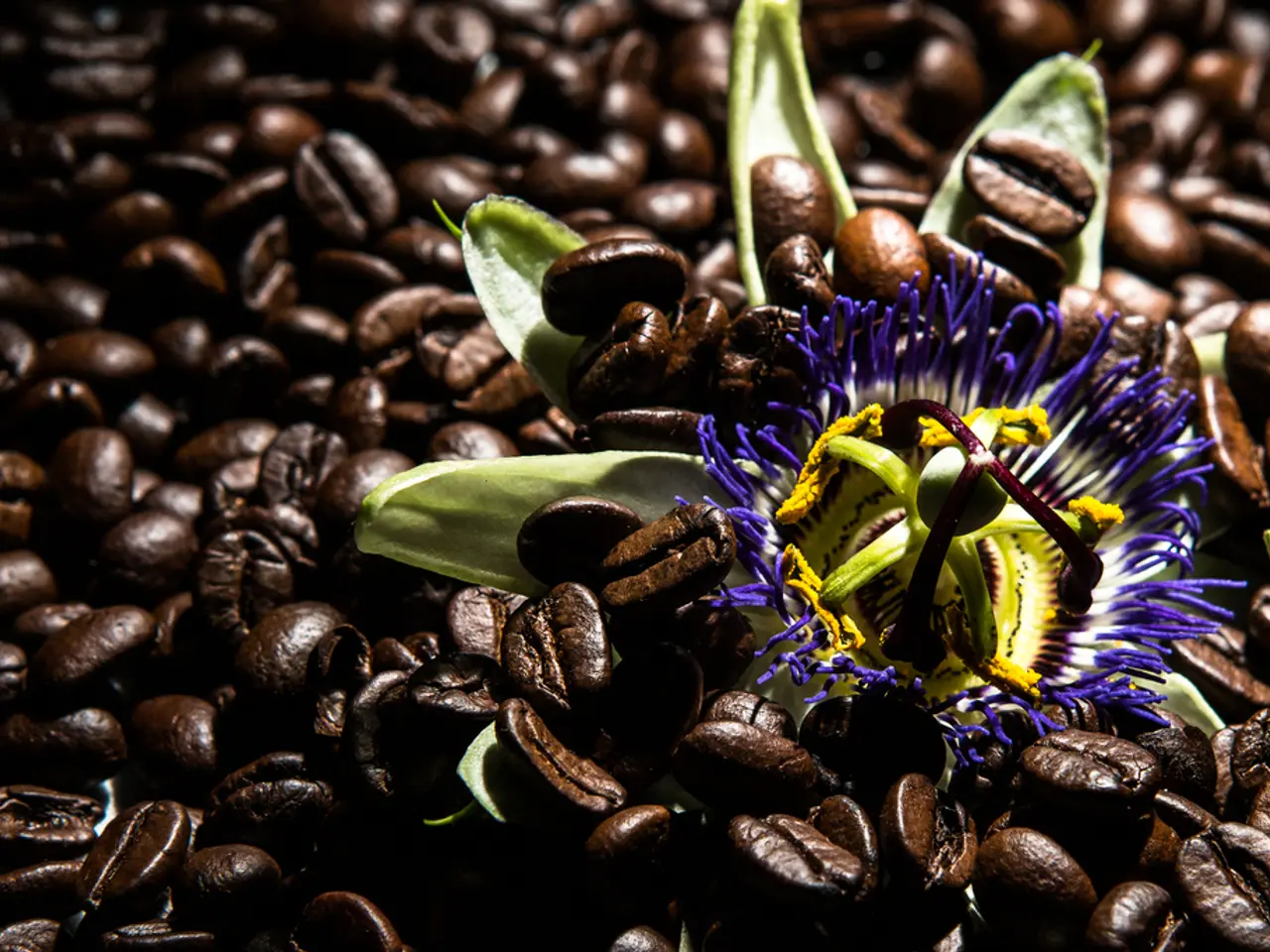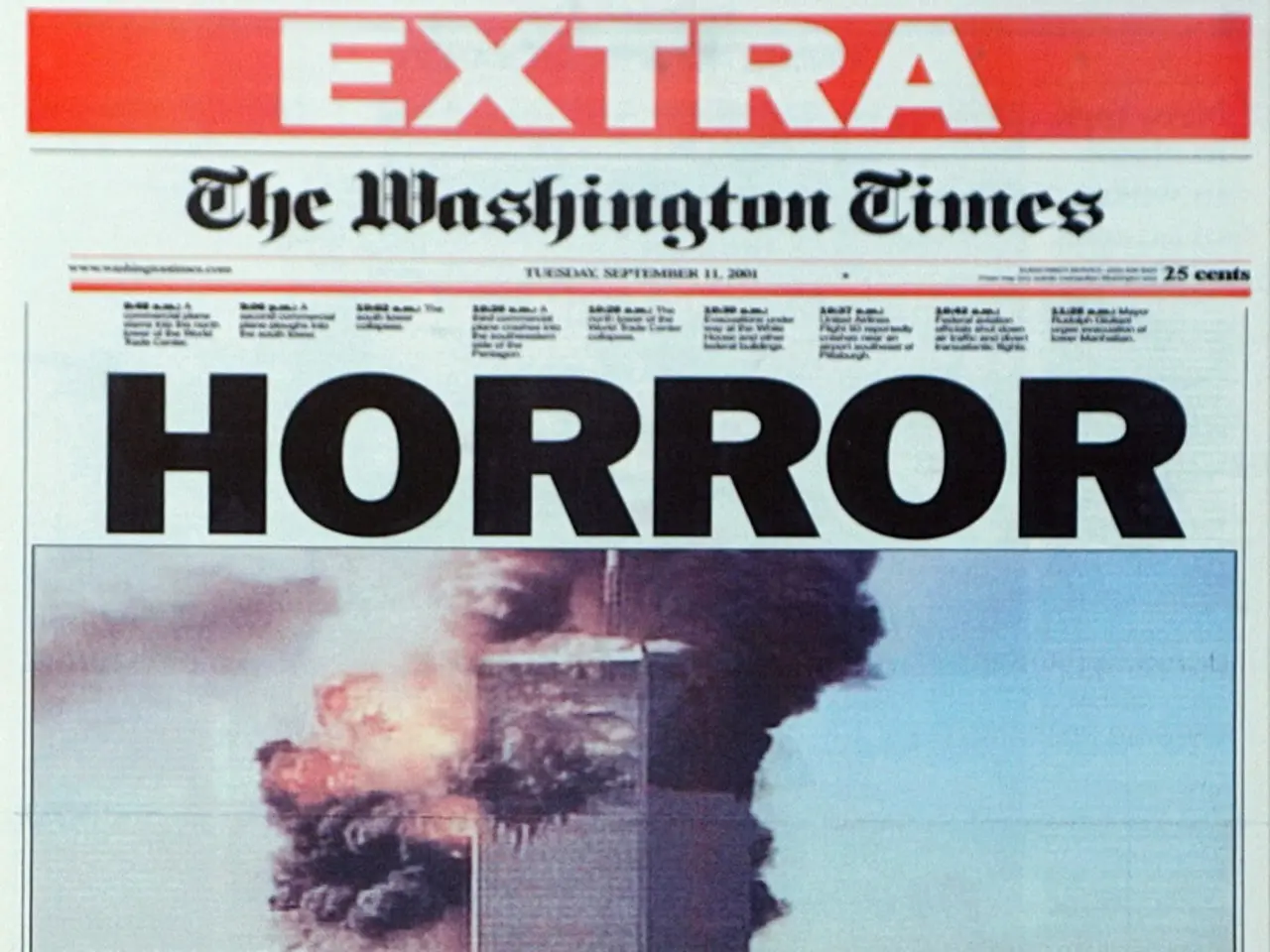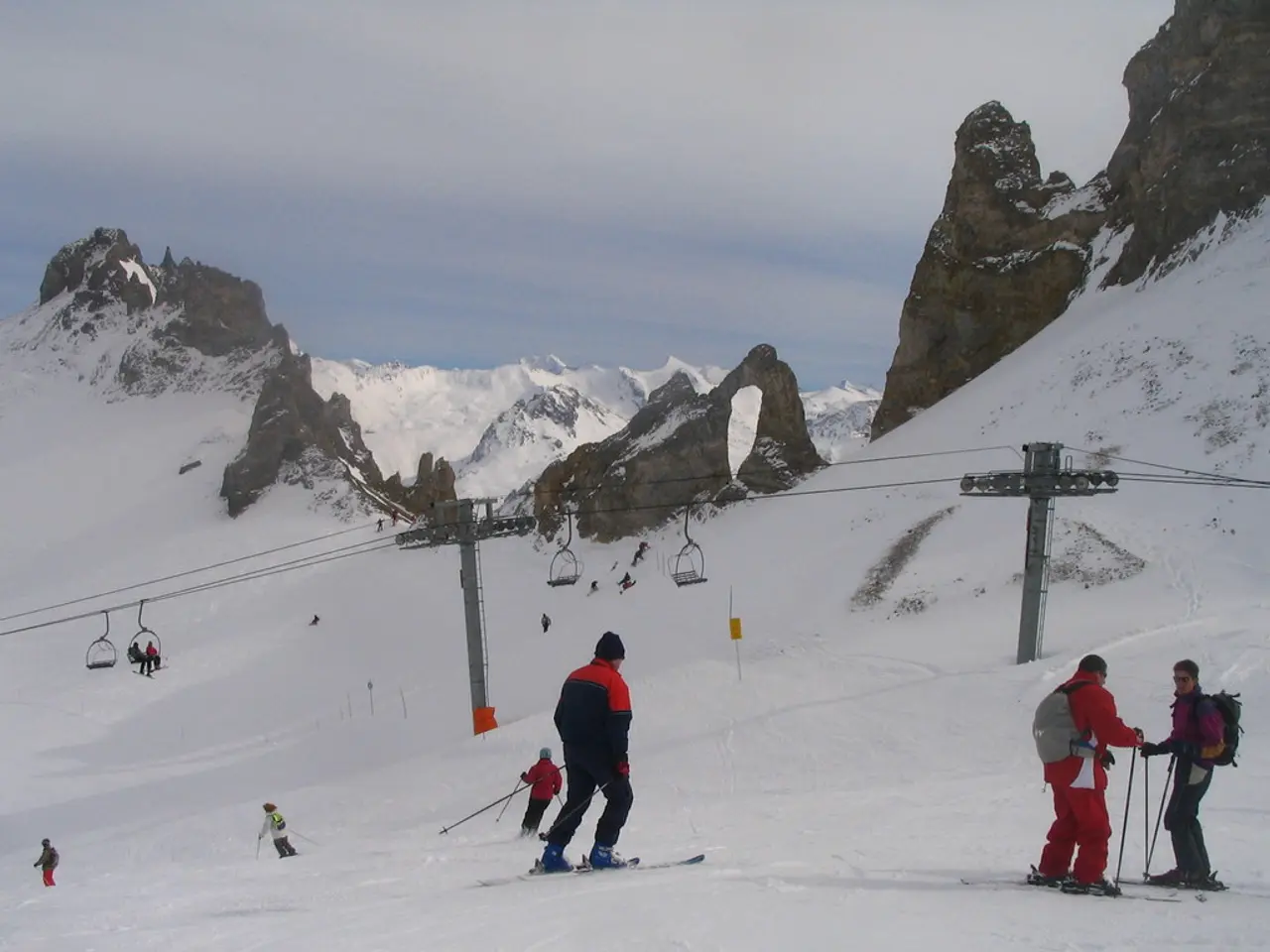Coffee costs surge as indications of diminishing stocks emerge
In the world of coffee, prices are currently at a peak, with both Arabica (KCU25) and Robusta (RMU25) reaching multi-year highs. This situation is a result of various factors, including supply constraints, climate disruptions, and geopolitical tensions.
As of August 2025, Arabica futures are trading around $3.09 per pound (309.35 cents per pound), while Robusta prices hover near $3,561 per metric ton. These high prices can be attributed to severe droughts and erratic weather in major coffee-producing countries such as Brazil (the largest Arabica producer), Vietnam (leading Robusta producer), and East African regions, which have damaged crops and slowed harvests, reducing global coffee output.
The global coffee market is also grappling with supply and inventory dynamics. Despite a record forecast for global coffee production in 2025/26 (178.68 million bags, a 2.5% increase), Arabica stocks remain critically low, while Robusta inventories are relatively high. This imbalance creates more volatility for Arabica prices.
Trade tariffs and geopolitical tensions are another concern. A proposed 50% U.S. tariff on Brazilian coffee exports creates uncertainty, potentially limiting Brazilian shipments to the U.S. market and increasing domestic inventories in Brazil. This tariff risk has led to price declines in August but also heightened market caution overall.
Despite these challenges, global demand remains robust, including from specialty coffee shops and roasters, supporting higher prices. Logistical bottlenecks such as container shortages and political unrest in regions like East Africa are also affecting supply flow and adding to price pressure.
Coffee prices surged about 8% in August 2025 and are up 32.56% year-over-year. While expectations are of a slight moderation toward the end of the quarter to around $2.95-$3.22 per pound for Arabica, prices are likely to remain elevated over the next 12 months. Arabica peaked above $4.30 per pound earlier in 2025, with wholesale prices doubling in some markets compared to last year.
Forecasts for 2026 anticipate some correction, with Arabica prices potentially falling about 15% and Robusta about 9% as supply conditions stabilise. However, it is important to note that this improvement in supply chain and market equilibrium is expected to be a gradual process.
In summary, Arabica (KCU25) and Robusta (RMU25) coffee prices are currently high and volatile, driven primarily by climate-induced supply shocks, tariff uncertainties, and strong demand. Prices are expected to moderate only after supply chain and market equilibrium improve.
- In contrast to the turmoil in the global coffee market, sports enthusiasts can find solace in the predictability of their favorite leagues, as they continue to enjoy the thrill of competition without the uncertainties of supply disruptions and geopolitical tensions.
- On a different note, the global sports industry, benefiting from its consistent demand and various revenue streams, has managed to remain a stable sector, even while coffee prices reach unprecedented heights.








